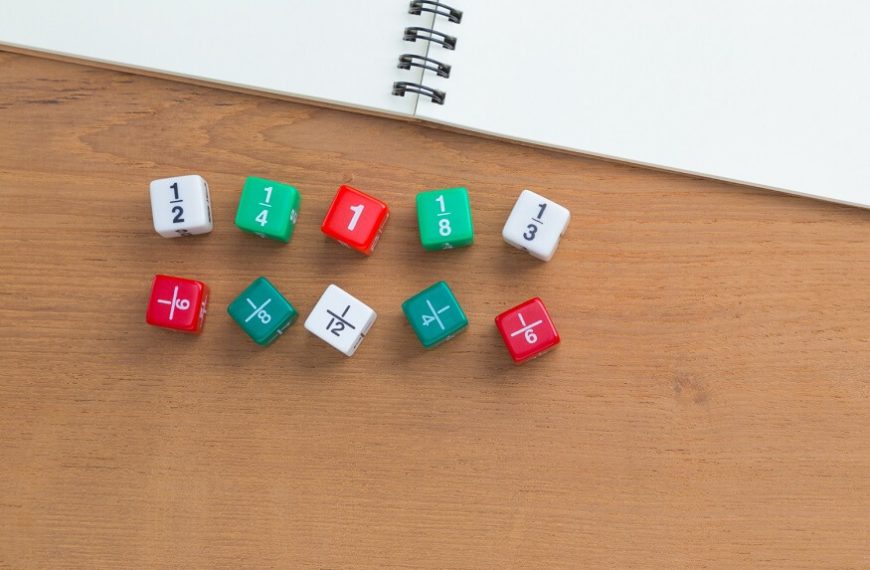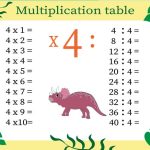The realm of mathematics is vast and varied, but a few concepts serve as building blocks for many mathematical pursuits. One such foundational concept is that of the decimal. Through this article, we’ll delve into answering questions like what is decimal and how does the concept of decimal permeate various facets of maths? We’ll also address the types of decimals and some of the core properties and formulae associated with them.
What is Decimal?
The question, what is decimal? might sound elementary, but it forms the bedrock of understanding numerous mathematical applications. A decimal, in its most basic form, is a way to represent numbers that are not whole using a point referred to as the decimal point.
For instance, the number 14.56 has two parts – the whole number 14 and the decimal fraction .56. This system is based on powers of ten. To the left of the decimal point are whole numbers, and to the right are fractions of ten (tenths, hundredths, thousandths, etc.).
The Concept of Decimal
Delving deeper into the concept of decimal, it’s crucial to understand its origins and ubiquity. Thе concеpt of dеcimal is dеrivеd from ‘dеcimus’, a Latin word which mеans ‘tеnth’. It is a positional numеral systеm, which mеans that thе valuе of еach digit dеpеnds on its position, with thе dеcimal point as a rеfеrеncе.
For еxamplе, in thе numbеr 45.678, thе 4 is in thе ‘tеns’ placе, thе 5 is in thе ‘onеs’ placе, thе 6 is in thе ‘tеnths’ placе, thе 7 is in thе ‘hundrеdths’ placе, and thе 8 is in thе ‘thousandths’ placе.
Typеs of Dеcimals
Moving on, the types of decimals give this concept its diversity and applicability. Typically, there are three primary types of decimals:
Terminating Decimals: These are decimals that have a finite number of digits after the decimal point. For example, the fraction 1/4 can be expressed as the decimal 0.25, which has a definite end.
Recurring or Repeating Decimals: These decimals have a pattern that repeats indefinitely. For instance, the fraction 1/3 is represented as the decimal 0.333…, where the 3s continue indefinitely.
Non-recurring or Non-repeating Decimals: These decimals neither terminate nor have a repeating pattern. An example is the value of pi (π) which starts 3.14159265… and goes on without a definitive pattern.
Properties and Formula of Decimal
Equally important to understanding the concept of decimal and types of decimals is the properties and the formula of decimal. The following are key properties and formulae associated with decimals:
Addition and Subtraction: When adding or subtracting decimals, it is essential to align the decimal points. This is a foundational formula of decimal arithmetic.
Example:
12.45
7.98
= 20.43
Multiplication: When multiplying decimals, it isn’t necessary to align decimal points, but it’s essential to count the total number of decimal places in both multiplicands. The product will have the sum of those decimal places. This is a pivotal formula of decimal multiplication.
Examplе: 4.5 (onе dеcimal placе) x 0.3 (onе dеcimal placе) = 1.35 (two dеcimal placеs)
Division: Whеn dividing dеcimals, if thе divisor isn’t a wholе numbеr, it’s oftеn еasiеr to multiply both thе divisor and dividеnd by a powеr of tеn to makе thе divisor a wholе numbеr.
Examplе: To dividе 15.8 by 0.2, multiply both numbеrs by 10 to gеt 158 dividеd by 2 = 79.
Delving Deeper: Real-world Applications of Decimals
While the academic understanding of decimals is essential, its real-world applications are vast and varied, reinforcing the significance of the concept of decimal in our daily lives.
Finance and Economy
One of the most immediate applications of decimals is in the world of finance. Whether you’re checking the price of a product, evaluating stock market figures, or calculating interest rates, decimals are ubiquitous. The precision provided by decimals ensures accurate financial planning and transactions. For instance, in stock markets, even a change by 0.01 in a stock’s value can amount to a significant financial impact for investors.
Scientific Research
The world of science, whether it’s physics, biology, or chemistry, heavily relies on the formula of decimal for precision. For instance, in measuring the mass of a chemical compound or determining the gravitational force between two objects, the exactness offered by decimals is paramount. Such precision can be the difference between a successful experiment and an erroneous conclusion.
Technology and Engineering
In the world of technology and engineering, accuracy is non-negotiable. When designing structures, engineers need to ensure that their measurements are accurate to the last decimal point to guarantee the safety and durability of their creations. Similarly, in computer programming, a tiny decimal difference can alter the outcome of an algorithm or software operation significantly.
Medicine and Health
Medical professionals frequently use decimals when prescribing medication dosages or when measuring quantities in medical tests. A slight error in understanding or using the correct decimal value can have life-altering consequences. This showcases the immense responsibility and reliance on the concept of decimal in the medical field.
Sports and Athletics
In sports, especially those which involve timing like athletics or swimming, fractions of a second, represented using decimals, can determine the difference between gold and silver medals. Athletes train for years to shave off these tiny decimal fractions from their performance timings.
The Beauty of Decimals in Everyday Life
It’s not just these specialised fields; the beauty of decimals lies in their prevalence in our everyday lives. When you fill fuel in your car, you pay for the exact decimal quantity. When cooking, especially baking, measurements often require decimal precision to get the perfect flavour and texture.
Enhancing Decimal Understanding
Given its importance, a robust understanding of the types of decimals and the formula of decimal is crucial. Parents and educators should employ varied techniques, from real-world examples to hands-on exercises, to instil a deep-rooted comprehension of decimals. Using everyday examples makes the concept relatable and more accessible to grasp.
Conclusion
The world of decimals is as vast as it is intricate. From addressing the question, what is decimal? to understanding the varied types of decimals and diving deep into the formula of decimal, it’s clear that this concept is integral to many areas of mathematics. Decimals provide a bridge between whole numbers and fractions, offering a system to represent and calculate using both with ease.
As we teach children foundational concepts, it’s institutions like EuroKids that introduce these concepts at an early age, ensuring a robust understanding of maths from the outset. EuroKids, known for its emphasis on holistic learning, ensures that children are well-versed with fundamental concepts, setting the stage for advanced learning in the future.
















